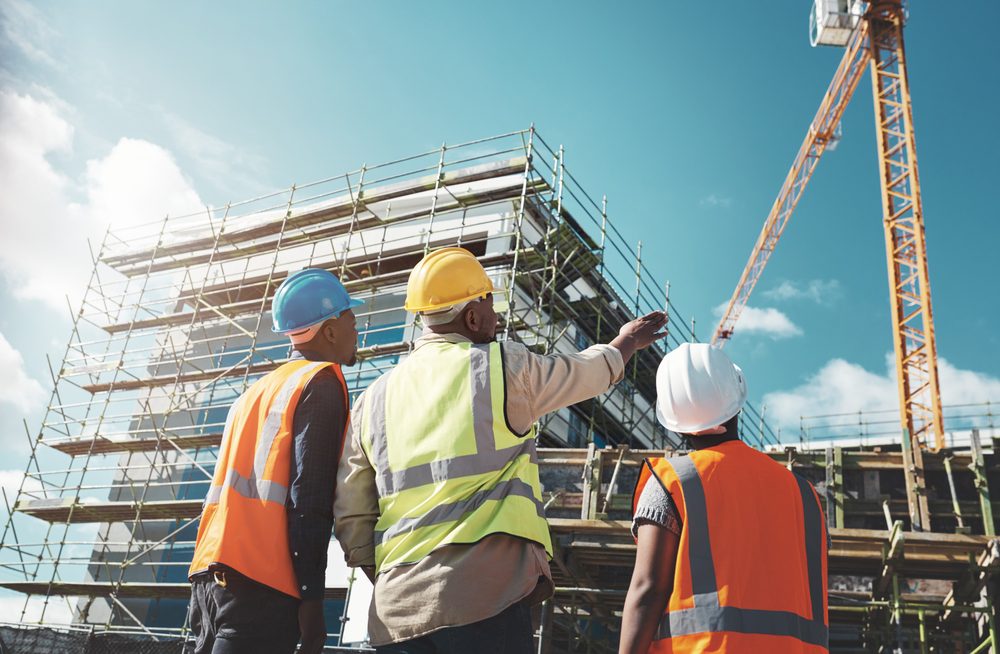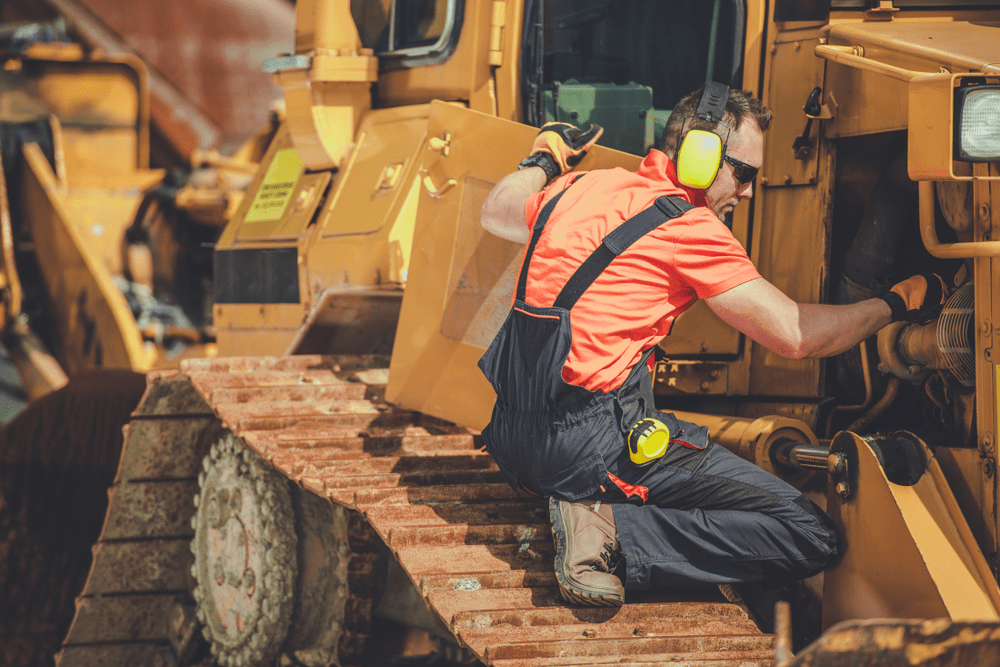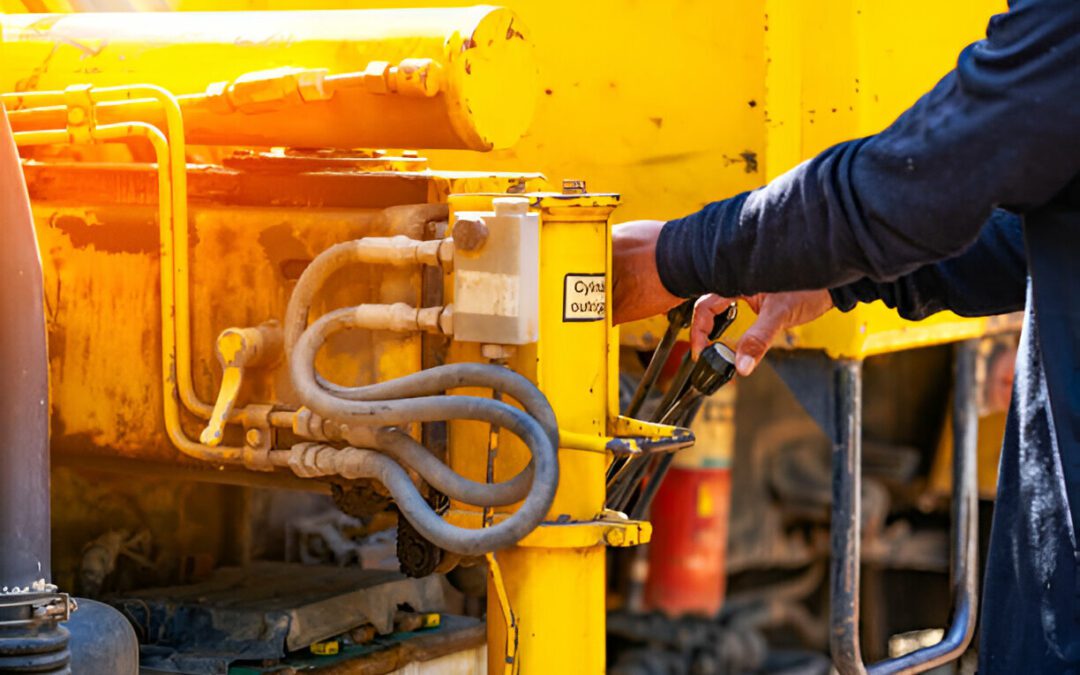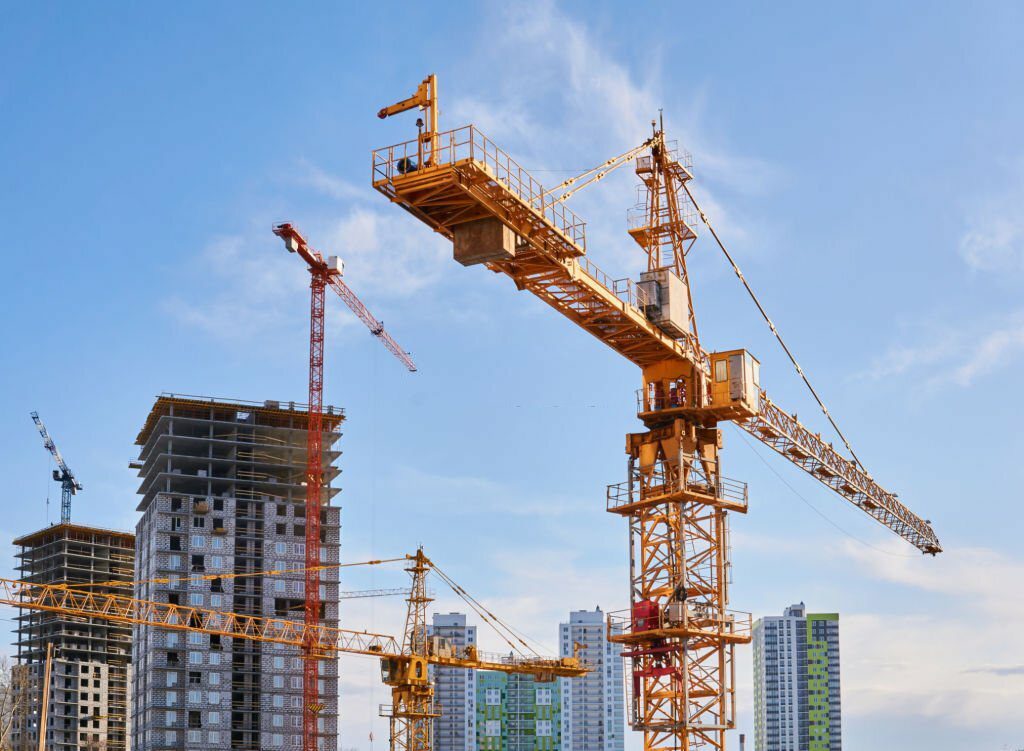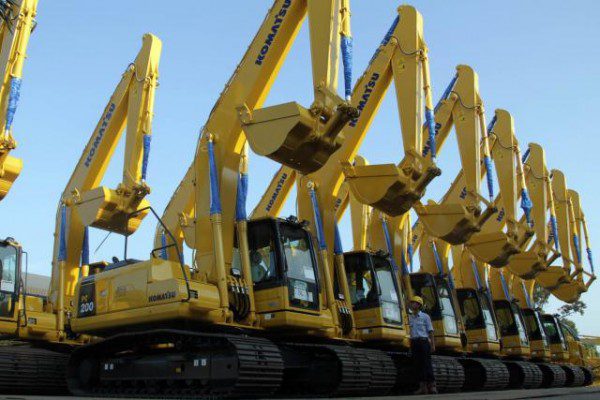Choosing the right heavy equipment for a construction project is a critical aspect that has a big influence on efficiency, security, and project success.
List of contents
Here are seven comprehensive ways to choose the right heavy equipment, With a deep explanation:
Project needs analysis

The first step in choosing a heavy equipment is to do a comprehensive analysis of the specific needs of your project. Consider the following aspects:
- Type of project
Whether the project involves excavation, material transportation, structure development, or other detailed jobs? Each type of work may require a different type of heavy equipment. For example, projects involving massive excavations, Like making foundations or trenches, would need tools such as Exkavator or Bulldozer. For material transportation, required tools such as dump trucks or loaders. Meanwhile, structural development projects may require cranes. Understanding the type of work to be done will help determine the most suitable type of heavy equipment.
- Project size and scale
The size and scale of the project greatly affect the type and number of heavy equipment needed. Large projects may require heavy equipment with larger capacity and more variations to deal with large and varied work volumes. On the contrary, smaller projects may only require a few types of tools that are more specific and smaller scale.
- Project duration
The duration of the project is an important factor in deciding whether to buy or rent a heavy equipment. For long -term projects, the purchase of heavy equipment may be more economical because it can be used for other projects in the future. However, for projects with a short duration, Renting a heavy equipment may be a wiser and cost -effective choice.
- Work environment conditions
Work environment conditions, Like Medan, weather, and limited space, Play an important role in the selection of heavy equipment. For example, on a heavy and uneven field, Heavy equipment with better traction and stability is needed. In extreme weather conditions, may be needed heavy equipment with additional protection for operators. At the location with limited space, Heavy equipment that is more compact and easy to maneuver may be more ideal.
Consider the technical aspects of heavy equipment

After knowing the project needs, The next step is to consider the technical aspects of heavy equipment:
- Capacity
Make sure the heavy equipment has the appropriate capacity for work. For example, appointment capacity for cranes, excavation capacity for excavators, or loading capacity for dump trucks. It is important to choose a tool whose capacity is in accordance with the scale and needs of the project. If the capacity is too small, work will not be efficient, While the capacity that is too large may not be economical or practical.
- Operational efficiency
Tools with high fuel efficiency can reduce operational costs. Besides that, tools that can do work faster and with a few obstacles also increase the overall productivity of the project.
- The technology used
Technological advances have influenced the design and function of heavy equipment. Features such as GPS systems can help in navigation and measurement at construction sites. Automatic control can increase precision and work efficiency. Sophisticated safety features, Like a sensor that detects the presence of workers or other vehicles around the heavy equipment, can reduce the risk of accidents. The selection of tools equipped with the latest technology can help improve efficiency, security, and work accuracy.
Evaluation of tool conditions and maintenance

The condition of heavy equipment greatly affects performance and security in the field:
- Examination of tool conditions
This inspection includes mechanical components such as machines, transmission system, and the hydraulic section, as well as electrical components such as cables, battery, and control panels. The aim is to identify damage, wear and tear, or other problems that can affect performance or cause tool failure.
- The history of preservation
Checking the maintenance history gives an overview of how well the heavy equipment has been treated. This includes when and how the last service is done, Types of maintenance or repair that have been carried out, and service frequency. Heavy equipment that has a good and regular maintenance history tends to be more reliable and has a longer operational life.
Pay attention to safety and regulatory standards

Aspects of safety and adherence to regulation cannot be ignored:
- Safety features
It is important to ensure that every heavy equipment used at the project site is equipped with adequate safety features. This includes, but not limited to, seat belt that can hold the operator in an emergency, warning lights to increase the visibility of heavy equipment, especially in a solid work environment or at night, as well as an efficient braking system to prevent accidents.
- Industrial Standards
Verification that the heavy equipment used meets or exceeds the applicable industrial standards and safety regulations. This may include regulations issued by government agencies or standard organizations such as OSHA (Occupational Safety and Health Administration) in the United States or similar bodies in other countries. This standard sets certain criteria that must be met by heavy equipment, including technical specifications, operational procedures, and maintenance requirements.
Compare investment costs and analysis

Consider aspects of cost and finance in choosing heavy equipment:
- Initial cost analysis
Compare the purchase price or rent of heavy equipment from various sources. In comparing prices, It is important to consider not only the initial price but also features, quality, and the technical specifications of heavy equipment. For some projects, Rent may be more profitable than a purchase, especially if heavy equipment is only needed for a certain period of time or for special tasks.
- Operating costs
Operational costs include all costs related to use heavy equipment. These costs include fuel costs, which can fluctuate and have a significant impact on total costs, routine maintenance costs to keep heavy equipment in good condition, and the potential costs for improvements that may be required. Calculating this cost carefully will provide a more complete picture of the total cost of heavy equipment ownership.
- Sale value
If you choose to buy a heavy equipment, It is important to consider the resale value of the tool. Some brands or models of heavy equipment may have a better resale value because of the quality, reliability, or market demand. This can be an important factor in long -term investment analysis, especially if there are plans to sell these tools in the future.
Conclusion
Choose heavy equipment What is right is a process that requires careful consideration from various aspects. Starting from the analysis of project needs, technical considerations, tool condition, security aspect, cost analysis, availability, to the reputation of the provider. Each of these steps is very important to ensure that the heavy equipment chosen is not only effective for the work needed, but also gives a good value for investment, meet safety standards, and contribute to the smoothness and success of your construction project.
If you need services heavy equipment rental which is flexible, sophisticated and affordable. PT Perkasa Sarana Utama is the best choice. Contact us now for a consultation with our expert team and let's discuss the success of your project.



